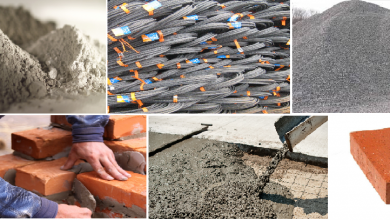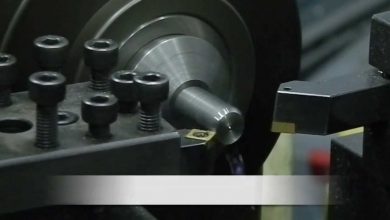Here’s Why You Need To Reconsider the Coverage on Your Family Health Insurance Policy Periodically

Everything that people do in India involves consideration of a lot of factors. One of those factors is family. Since anything you do affects your family too, you need to consider them in every decision. A family health insurance plan is a type of medical coverage that includes more than one individual. Such a health insurance policy provides coverage for two or more members of the family at the same time. The premium payment for family health insurance plans is paid as a single annual premium.
Who is included in the coverage of a family health insurance plan depends on the buyer of the policy? Usually, the plans include the policyholder, their spouse, and their children. Apart from this, you can also cover your family members, like your siblings and in-laws, under the health insurance plan by paying an extra premium. Family health insurance plans can be costly compared to purchasing personal health insurance plans for each member of your family. While the cost that you bear may be high, it is definitely worth the coverage that the policy provides.
Before you buy anything, you need to know all you can about it. This ensures that you do not find yourself stuck in a policy that does more harm than good. It is recommended that you understand your needs before purchasing your health insurance plan. As you remodel your home from time to time, it is just as important to review and update your medical insurance policy.
Why Should You Update Your Family Health Insurance Policy?
With the current situation, health care services have become extremely expensive. Things have gotten to a point where if you admit yourself to the hospital once, you could have to pay your entire health insurance coverage. In such a situation, your entire family would be left without any health coverage until the next time that you renew your policy. Therefore, in order to be fully prepared to deal with any medical emergency or unfortunate situation, you need to update your health insurance plan regularly.
Updating a health insurance plan is a very time-consuming process. It is best to evaluate your coverage today and see how much it will help with your needs. If you are satisfied with the cover of Rs. 5 lakhs today, you have to understand that it could be the current one-day hospital cost. The same amount could not be enough later as the cost of availing healthcare services will increase. Hence, you should not wait to update your plan later when medical treatment becomes expensive. Moreover, as you get older, health coverage will likely be more expensive for you. Hence, you should update your health insurance plans for family as soon as possible.
To update your health insurance, you will need to fill out a new application form, which will also include a medical examination. However, it is a well-known fact that people get sicker with age. You should disclose your health problems to your insurance provider, which may reduce the chances of them being covered.
You should compare your health insurance plan with other plans available in the market. If you do not get good coverage from your current insurance provider, you may want to look for more options. If you have already purchased a more guaranteed plan with your current insurance provider, you can opt for a secondary plan with additional coverage to add to the total cover. You can use a health insurance premium calculator to know how much of a premium you would have to pay for the total coverage. * Standard T&C Apply
Insurance is the subject matter of solicitation. For more details on benefits, exclusions, limitations, terms and conditions, please read sales brochure/policy wording carefully before concluding a sale.





